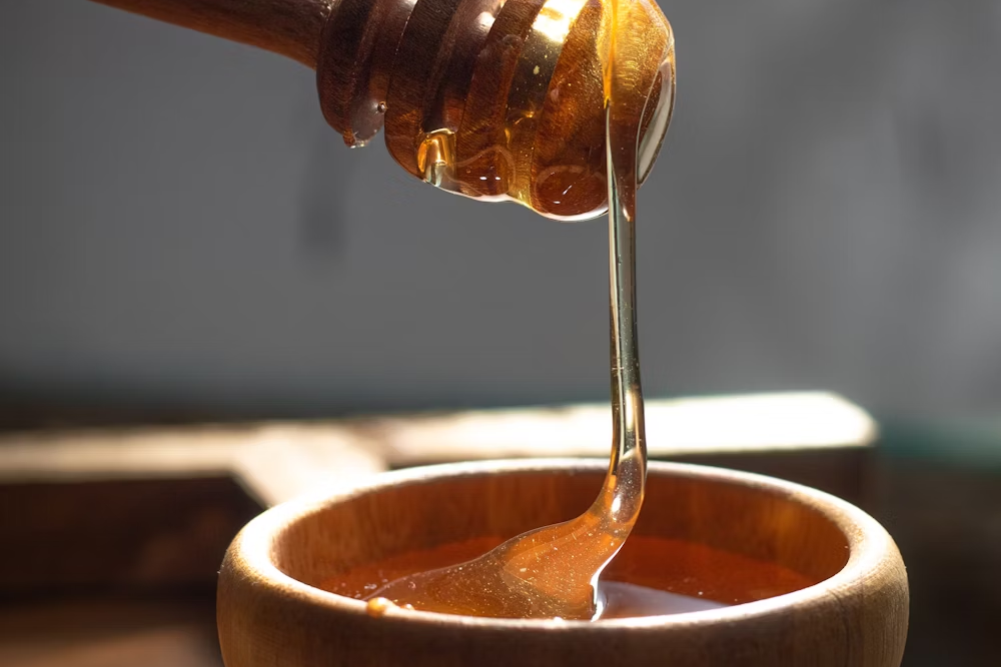When you’re smiling
Picture this scenario if you will: I am walking towards you and when I see you my eyes crinkle a little at the sides, the corners of my mouth turn upward and I expose my teeth to you. How do you interpret this? Do you cross the road to avoid me because I am clearly contemplating eating you? Of course you don’t, because you have recognised my facial contortions as a “smile”, and smiles are good. At least, we have come to accept that a smile connotes amiable feelings, but how did we come to be smilers and are we the only species to do it? An examination of the human smile reveals just how much we are creatures not only of our evolution but also our society, and it might encourage you to do a little more smiling yourself.
Smile origins
We can’t know exactly when the smile originated, but we can make a guess, and our best guess is that smiling began about 30 million years ago. Those in the know will realise that this predates humans by at least 20 million years, depending on where you want to draw the line in the evolutionary sand. It means therefore that species other than humans must also smile.
The 30 million years figure comes from researchers who found that both human and chimpanzee infants will show facial movements that resemble smiles when they are asleep. These facial expressions are known as “spontaneous smiles” and are considered the evolutionary origin of real smiles and laughter. It might not be too surprising that chimps smile, because we know they are relatively close to us on the evolutionary tree. However, these researchers also found that these spontaneous smiles also exist in Japanese macaques, a much more distant relative.
These spontaneous smiles in infants are probably designed to enhance their appeal to their parents, but in our world the types and meaning behind smiles is much more nuanced.
Smile types
Charles Darwin was the first scientist to grapple with why we smile. In 1872 he wrote about it in The Expression of the Emotions in Man and Animals. In truth, though, he did not come to any conclusions as to what the smile is about. In the intervening 150 years a lot of research has taken place, and we think we have a pretty good handle on the smile. Scientists have identified at least 19 types of smiles, and only six of them are tied to positive emotions. In this article, we don’t have time to address all 19 types of smiles, but here is a guide to some of the smiles you probably know well.
Duchenne smiles
Guillaume Duchenne was a 19th-century French neurologist who was interested in the mechanics of facial expressions. He experimented with stimulating specific facial muscles by attaching electrodes to people’s faces. It may not have made him very popular in his social group but he did find that a genuine smile involved cheeks pushing up and crow’s feet wrinkling around the eyes. We still call that genuine, instinctive smile a “Duchenne smile”.
Fake smiles
The opposite of a Duchenne smile is a fake smile, and Duchenne believed that you could spot a fake smile by looking at the eyes, because he thought that the eye muscle only contracts when you really mean a smile. These days, however, studies tell us that around 70 per cent of people can voluntarily contract the eye muscles so that smiles can be easily faked ( just ask any parent meeting a new boyfriend for the first time).
Embarrassed smiles
Embarrassed smiles are genuine smiles, but they are shaped by the situation. It might be embarrassment at your own emotions or at the faux pas committed by someone you know, but whatever the cause an embarrassed smile does tend to have some identifiable traits. It is usually accompanied by a shift of the gaze to the left. If you are still unsure whether a smile is an embarrassed one or not, if the person is touching their face then the smile is probably an embarrassed one.
Polite smiles
It is highly likely that you use a polite smile more in any one day than you do a genuine Duchenne smile. It is the smile you wear when you first meet someone, when an acquaintance is sharing a hilarious anecdote regarding drunken revelry from the night before or when you want to conceal an emotion that may not be well received. The classic feature of the polite smile is that it involves the zygomatic major muscle but not the orbicularis oculi muscle, so your mouth smiles but your eyes don’t. There is a pleasantness about a polite smile that indicates friendly intent but also maintains distance.
Dominance smiles
Most smiles are indications of connection, trustworthiness and interest. There is however a Darth Vader of smiles, the “dominance smile”, which can be used to show superiority or even contempt. In this smile one side of the mouth rises while the other pulls downwards, an eyebrow is usually raised and more of the white of the eye is exposed. These are all facial signals associated with disgust, and while it might not be pleasant, the research shows that the dominance smile is effective. People who are on the receiving end of a dominance smile show raised levels of cortisol in the saliva, an indicator of stress levels, for at least half an hour after the encounter.
Flirtatious smiles
As much as the dominance smile communicates disgust, flirtatious smiles are a definite weapon in the armoury of anyone wanting to indicate romantic interest. Research has suggested that attractiveness is influenced by smiling and that a happy, intense smile can even be more important than other aspects of physical attractiveness to prospective mates. There is lots of unsubstantiated advice out there on how to smile flirtatiously, such as smiling with your head tilted down, lips together and with a slightly raised eyebrow. If those contortions sound off-putting to you, just smile openlyB at the object of your affection — it will work wonders.
The historical smile
While smiles are obviously deeply ingrained in our DNA, and a natural communication device, it would be a mistake to think that the history of smiling has been one long, homogeneous and unwavering story. Western smiling culture, for example, differs from that in Japanese and Chinese societies. Professor Colin Jones of the Queen Mary University of London wrote a book called The Smile Revolution: In Eighteenth Century Paris, and he observes there have been differences in smiling across not only cultures, but also across time.
If you look at early Greek sculptures, you will see that the lips are formed into an “archaic smile” that was intended to communicate health and contentment. Jones says that historical sources indicate that the smile as we know it now was not in place until the late 13th century. However, there was still a significant difference between smiles of the late 1200s and modern smiles.
Western art from the 13th to 16th centuries always Bdepicts the smiling mouth being closed. It is tempting to think this might be to do with poor dental hygiene, but in fact, examination of teeth from this era show they were less affected by cavities than would be the case from 18th century onwards with the easy availability of sugar. There were other factors influencing the nondisplay of teeth in a smile during this era.
The first thing was that at this time an open mouth was associated with revealing inner horrors and as something only exhibited by the lower classes. Other factors contributing to the closed-mouth smile at this time were that the open mouth was associated with insanity while a closed mouth indicated calm and tranquillity.
Open-mouthed smiles showing teeth came into fashion before the French Revolution, then disappeared again, Before finally coming back into vogue in the early 20th century under the influence of better dentistry, snapshot photography and Hollywood image-making. The smile has ridden a roller-coaster in our consciousness, but there are some real evolutionary roots to it, and you can make use of those roots for some very positive outcomes.
The smile loop
What I am about to share is not new. Charles Darwin\ may not have exactly understood why we smile, but he did get one thing absolutely right. Darwin wrote, “The free expression by outward signs of an emotion intensifies it.” In other words, displaying an emotion helps to create the emotion. This principle has been proven hundreds of times, but it grabbed the popular notice when Botox came into the equation. Researchers from the University of Cardiff found that people whose ability to frown is compromised by Botox injections are, on average, happier than people who can frown. Botox recipients reported feeling happier and less anxious in general but did not report feeling more attractive. Research from the Technical University of Munich supported this by asking people with Botox to mimic angry faces at the same as scanning their brain activity. Those who had Botox had much lower activity levels in brain parts involved in emotional processing, the amygdala and the hypothalamus. Another study from The Journal of Pain found that people who frown during an unpleasant procedure experience more pain than people who do not. It all points to the fact that there is a feedback loop between the brain and face. The brain takes its cues for what it should be feeling from what the facial muscles are doing. You should just keep on smiling, because the more you smile, the happier you will be.








